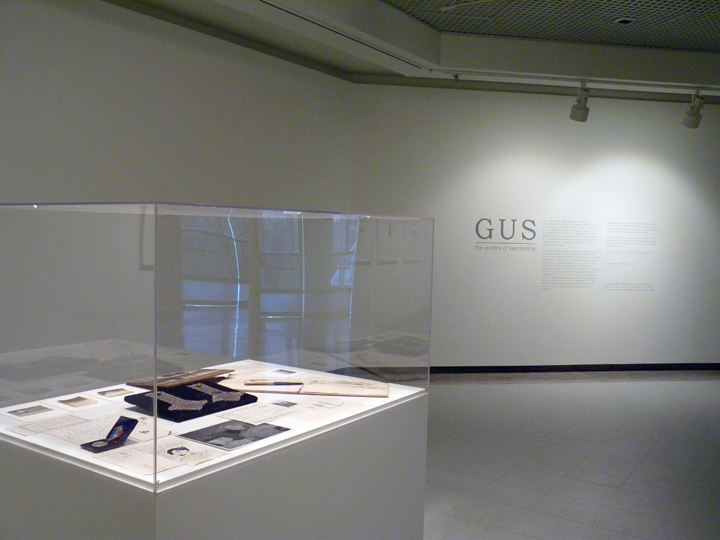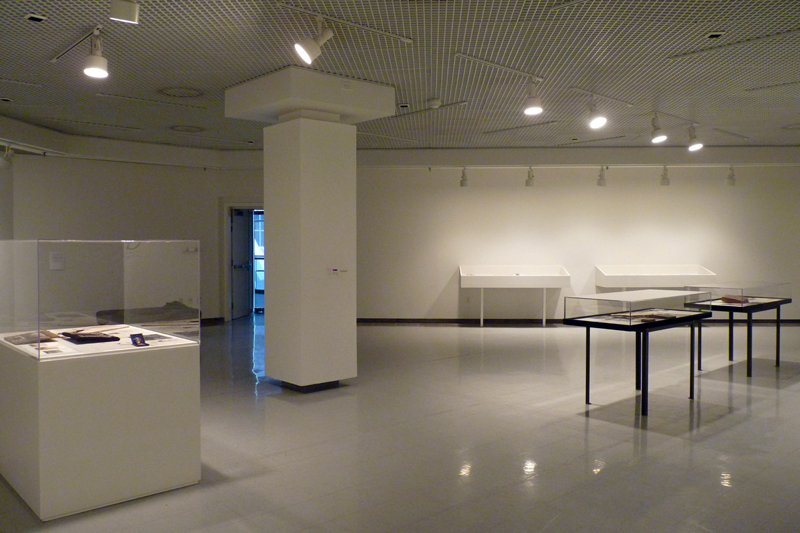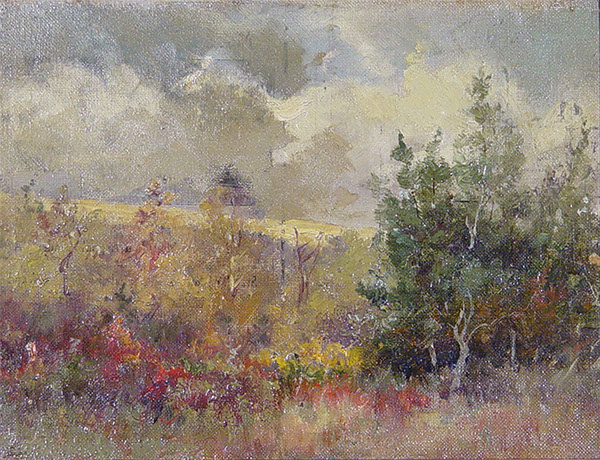GUS
The archives of Kenderdine
May 27- August 1, 2014
Kenderdine Art Gallery
Curated by Leah Taylor
This exhibition highlights the repository of documents and ephemera from the family archive of Augustus F. L. Kenderdine, known to many as Gus. Looking beyond the canonical legacy of Kenderdine the painter, this exhibition offers a glimpse into the private life of Gus. This archive is comprised of materials that range from journals, correspondence, letters, photographs, to travel souvenirs and pipes.
The Kenderdine archive reveals a particular history embedded within a social, political and cultural context, and Gus’ positioning within that historical framework. French theorist Michel Foucault posits, “The archive cannot be described in its totality; and its presence is unavoidable. It emerges in fragments, regions and levels, more fully, no doubt, and with great sharpness, the greater the time that separates us from it: at most, were it not for the rarity of the documents, the greater chronological distance would be necessary to analyze it.”[1] What has been excluded from the Kenderdine archive bears as much significance as what has been included. The gaps and traces allow us to question and consider the randomness of the archives logic, furthermore how these absences affect the way in which history has been written and recorded.
Gus Kenderdine’s archival materials have been reconfigured for this exhibition and presented in four themes: family, travel, the war, and life in Saskatchewan.
Organized by the Kenderdine Art Gallery & University Art Collection in collaboration with University Archives & Special Collections, U of S.
[1] Michel Foucault, “The Historical a priori and the Archive,” The Archive: Documents of Contemporary Art, MIT Press, Cambridge, 2006. p. 29.



About the Artist
Augustus Frederick Kenderdine
A.F.L. Kenderdine was born in Manchester, England, in 1870. He studied art with his godfather, Chevalier de la Fosse and later at the Academie Julien in Paris. By 1901 Kenderdine had married Jane Ormerod and had four children. The family immigrated to Canada in 1908 and homesteaded near Lashburn, Saskatchewan. Kenderdine was preoccupied by the rigours of farming and ranching until 1918, when he turned his farming operation over to his son. He started painting again, and during this period secured several portrait commissions.
In the early 1920s, Dr. Walter Murray, then president of the University of Saskatchewan, viewed several of Kenderdine’s paintings and was so impressed that he offered Kenderdine a studio space at the University. Kenderdine then spent winters in Saskatoon painting and teaching informal classes until he was appointed Lecturer in Art in 1927.
In the late 1920s, Kenderdine began to paint in Northern Saskatchewan, and constructed a cabin at Emma Lake. He dreamed of developing a summer art camp at Emma Lake, and in 1935, persuaded the University of Saskatchewan to support the artist retreat. Kenderdine's interpretation of the prairie landscape was romantic. He relied on rich tonal effects and subtle colour to convey with European dignity a sensuous ruggedness in the mood of the Prairies. As a teacher he influenced generations of landscape painters, among them Wynona Mulcaster and Reta Cowley. Kenderdine’s passion for the “wilderness” of northern Saskatchewan, and his enthusiasm for attracting people to his summer art camps, corresponded with the beginnings of a tourist industry.
In 1937, Kenderdine moved to Regina to assist in the establishment of the art department at Regina College. He lived in Regina until his death in August 1947.
The collection of Kenderdine paintings, drawings, archives and related material at the University of Saskatchewan was assembled as a result of the generous gift from Kenderdine’s daughter, May Beamish in 1990.
In 1991, the Kenderdine Art Gallery, located at the University of Saskatchewan, was named in his honour, thanks to a bequest by his daughter, May Beamish. His works can be seen in many public collections, notably the Glenbow Museum, the University of Saskatchewan permanent art collection, the MacKenzie Art Gallery, the Mendel Art Gallery, and the National Gallery of Canada.



